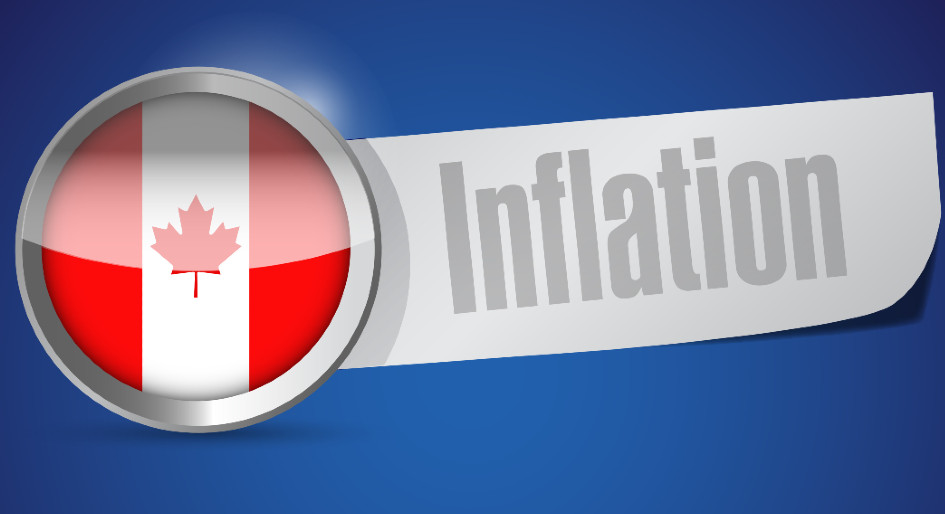Inflationary pressure is expected to subside over the coming months with the easing of COVID-related triggers, but residential rent could still be peaking. Speaking during a recent online presentation sponsored by CBRE Canada, Benjamin Tal, deputy chief economist with CIBC World Markets, contrasted the steep ascent of home prices since the pandemic began with a more wavering trajectory for rents.
“Rent inflation will be in the system for the next two years to basically compensate for the gap between home prices and rent,” he said. “That’s coming in Canada and the U.S. and it’s long-lasting — therefore, a more permanent inflationary pressure that we will have to deal with.”
In other pricing categories, Tal predicted a relaxation of supply chain constraints as consumers shift spending from goods to services, and he outlined some of the labour market attributes that should insulate Canada more than the United States. Meanwhile, with central bank actions exacting a more immediate toll on effective interest rates and the debt mortgage holders carry, he warned that a rapid upward rate adjustment could derail the housing market and push the economy into recession.
COVID’s forceful prompt for consumer spending — which Tal diagnoses as “demand shock” — and supply chain impediments are considered two of the most dominant factors in rising prices. However, Tal theorizes the spending is most likely short-term anomalous behaviour and price dynamics will stabilize as public health controls are removed and services regain a larger share of the market.
“The increase in spending on goods in the U.S. in 2021 is equivalent to a situation in which overnight you parachuted 75 million people in the U.S., and the minute they got there, they started to spend. Even a normally functioning supply system would not be able to deal with that,” he submitted. “The shift to services will be deflationary relative to the supply chain pressure we’re seeing now.”
Wage growth patterns appear more muted in Canada than the United States due to fewer labour force exits and more incoming replenishment from a higher immigration rate. Thus far, statistics suggest the so-called great resignation is still largely great contemplation on this side of the border.
“In a recent survey, people said that they are thinking about quitting in Canada. So in the U.S. they are quitting; in Canada they are thinking about quitting — very, very Canadian,” Tal quipped.
Also indicative of the two countries’ differing cultures, he suggests market watchers have higher expectations of interest rate increases in Canada. That includes his own prediction that the Bank of Canada will raise interest rates to 2 per cent, surpassing a more moderate move on the part of the U.S. Federal Reserve Board.
Noting that the Bank of Canada has a more immediate impact on mortgage rates than in the U.S., where lenders are less responsive and mortgage terms are longer, Tal urges decision-makers to stretch the increase out over a longer time period. He concludes that will be a simpler course to follow if COVID-triggered inflationary pressure eases as envisioned.
“At the end of the day, it’s about the cost to bring inflation back to 2 per cent. We are not going to see inflation of 5, 6, 7 per cent forever. We are going to see interest rates rising to fight that inflation. We need higher interest rates, but the enemy is rapidly rising interest rates,” he asserted. “If you remove COVID from the equation, 60, 70 per cent of the inflation that we’re seeing now due to supply chain issues should disappear and that will mean now the Bank of Canada will move slowly, meaning the recovery is still with us without the risk of a recession.”



